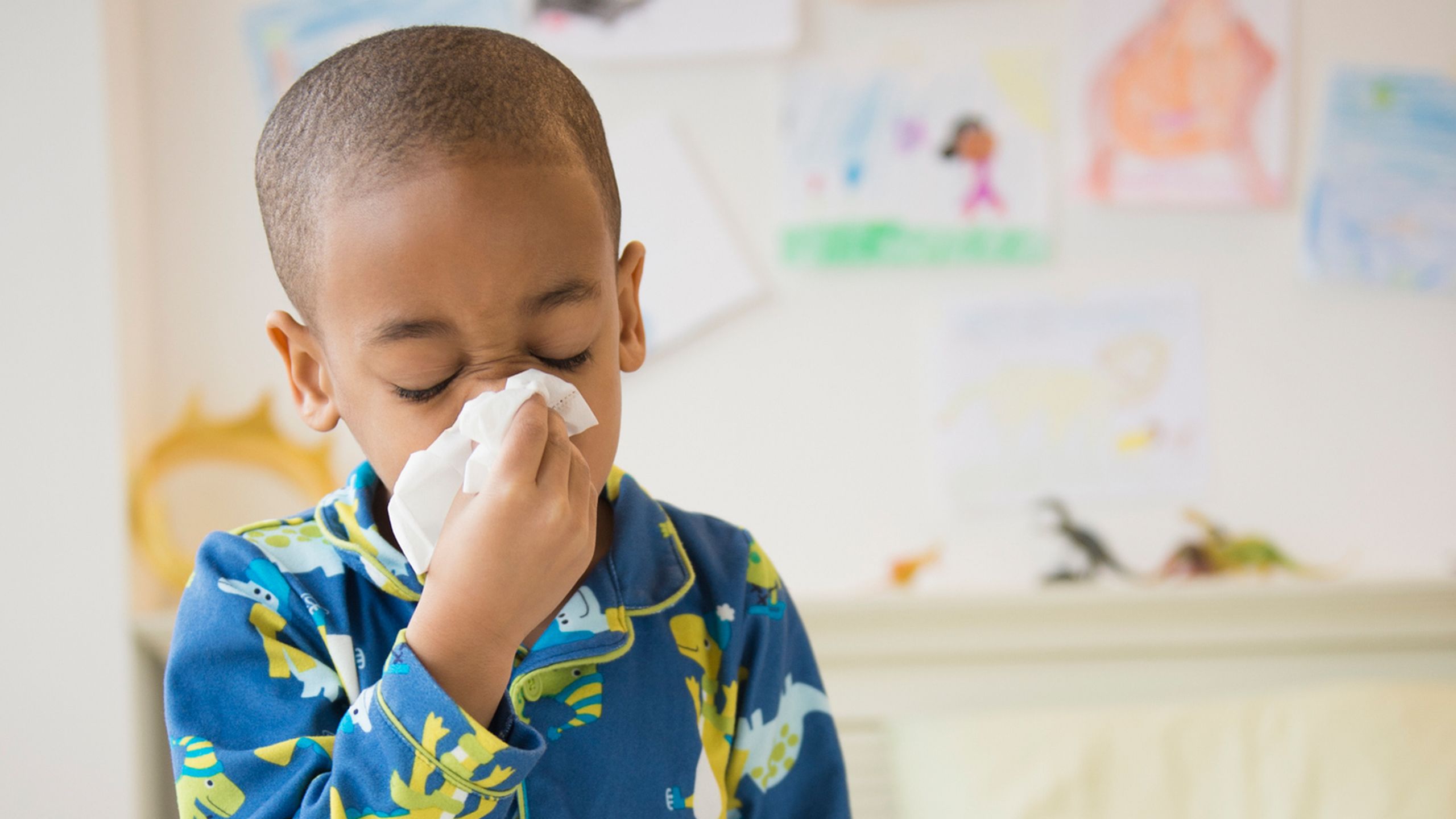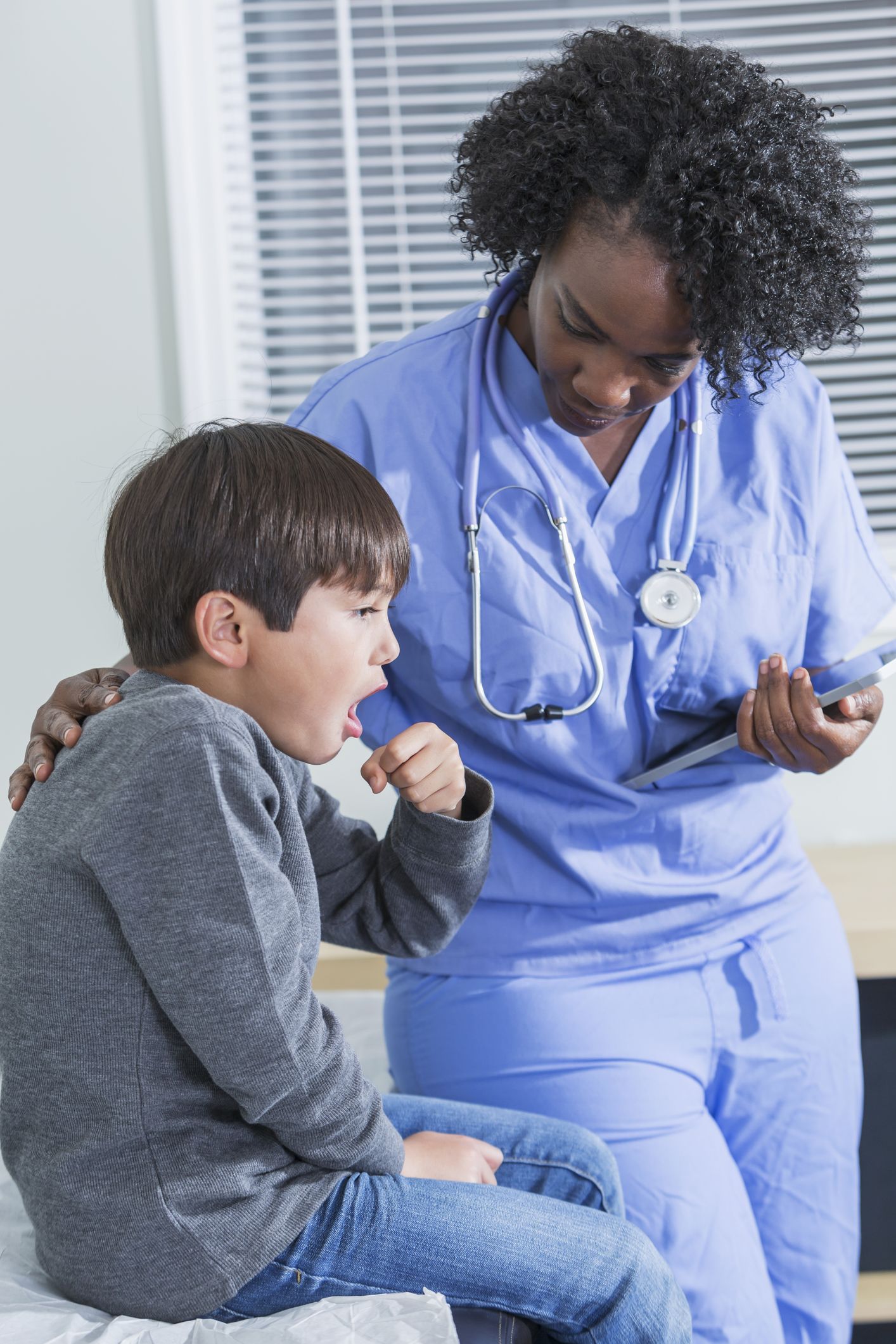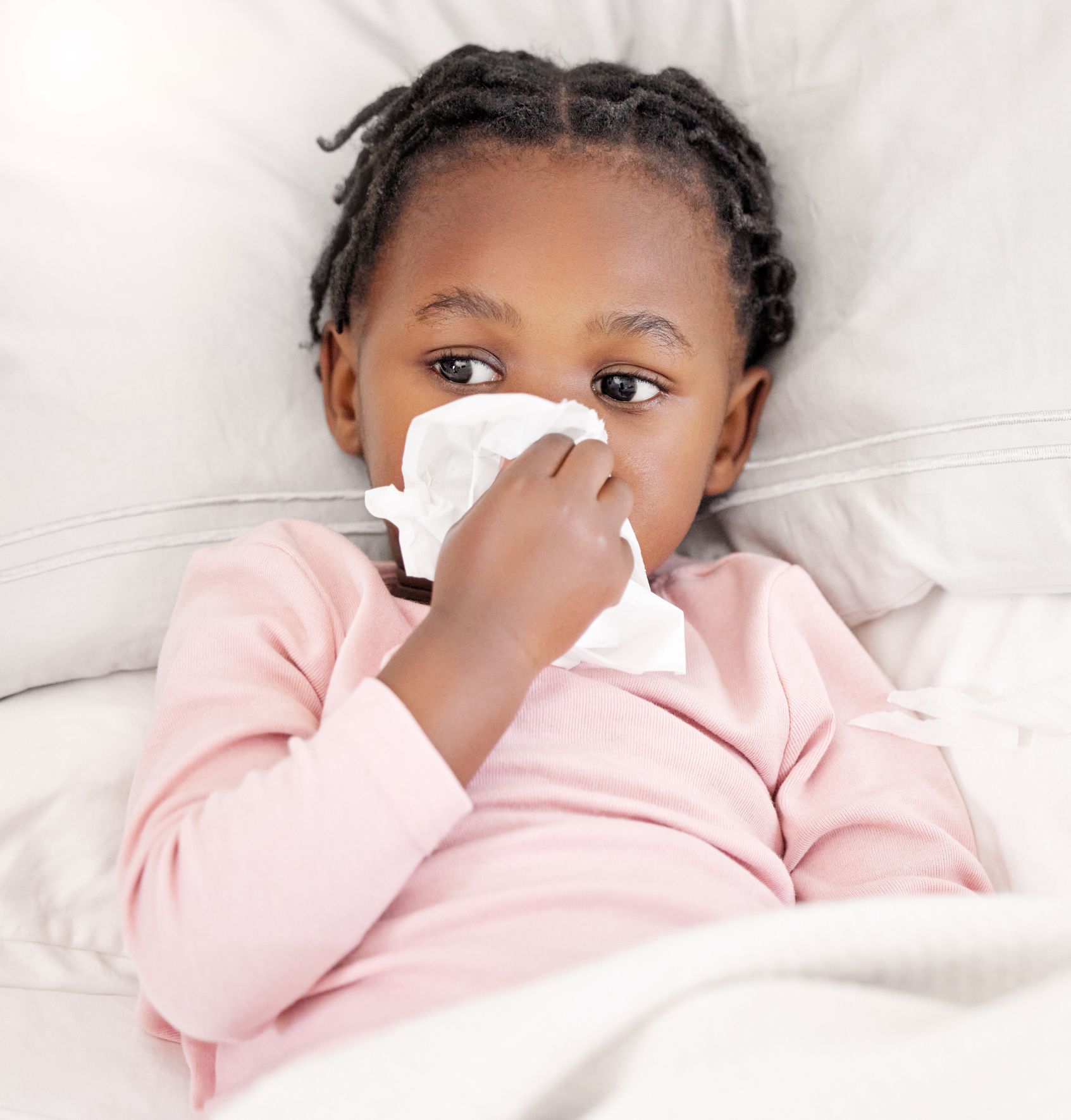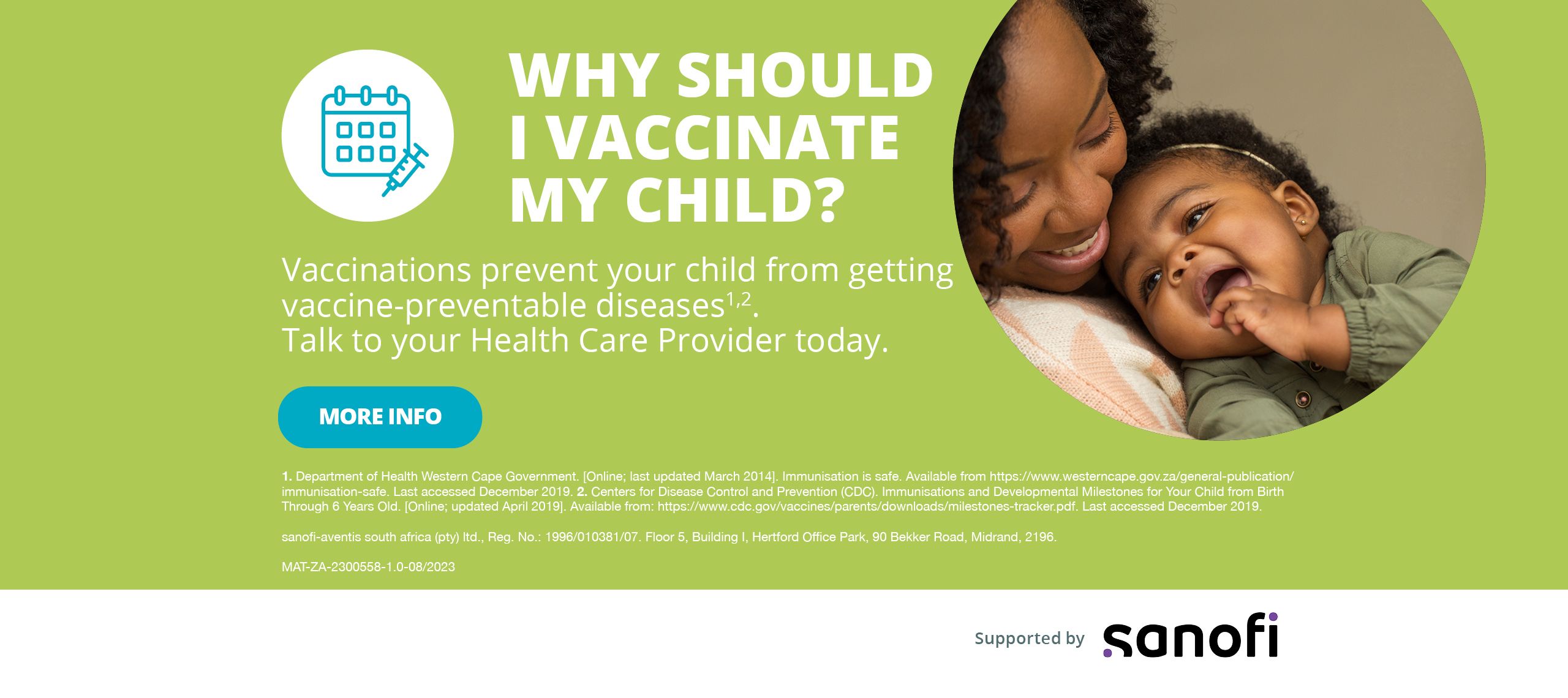What is whooping cough and what are its signs?
How to protect your child from pregnancy through to early adolescence from the serious and contagious ‘whooping cough’1.

Of all the sounds in the world, one of the worst is hearing your child coughing with little control. While some coughs can be caused by a cold or flu, always be sure to consult your paediatrician and Health Care Provider to help discern what type of cough your child has.
If you find the cough is causing a ‘whooping’ sound as your child catches their breath between coughs, it may be pertussis, also known as whooping cough2.
Caused by a bacteria called Bordetella pertussis2, the infection is highly contagious2 and carries serious health risks2 if not treated or prevented.
How does it spread3?
The disease spreads from person to person3. When an infected person sneezes or coughs, people within the same space can breathe in the tiny germ-laden droplets3.
Following exposure to the bacteria, signs and symptoms usually develop within 5 to 10 days4.
Whooping cough disease progression signs and symptoms may include:
Early Symptoms – Stage 14:
(May last 1-2 weeks)
In its early stages, whooping cough may not be suspected as the symptoms of the disease may appear to be nothing more than the common cold4.
During stage 1, the symptoms may include4:
- Stuffy or runny nose
- Low-grade fever
- Mild, occasional cough
- Life-threatening pauses in breathing (called apnoea) and ‘turning blue or purple’ in babies and young children (known as cyanosis)
Later Symptoms – Stage 24:
(Lasts 1-6 weeks after the first symptoms start, and may extend up to 10 weeks)
One to 2 weeks after the first symptoms start, people with whooping cough may develop rapid, violent, and uncontrolled coughing fits. Coughing fits generally get worse and become more common as the illness continues4.
The coughing fits during stage 2 may cause people to4:
- Make a high-pitched “whoop” sound when they are finally able to inhale at the end of a coughing fit
- Struggle to breathe
- Vomit during or after coughing fits
- Feel very tired after the fit, but usually seem well in-between fits
Many babies with whooping cough don’t cough at all; instead, it may cause them struggle to breathe or turn blue.
Recovery – Stage 34:
(Lasts up 2-3 weeks, susceptible to other respiratory infections for many months)
During the recovery stage, the cough becomes milder and less persistent symptoms improve, however4:
- Coughing fits may stop for a while but can return if you get other respiratory infections
- Coughing fits may also return many months after the whooping cough illness started


What complications exist with whooping cough?
Whooping cough can cause serious and sometimes deadly complications in babies and young children5. Babies and children who have not had all recommended whooping cough vaccines are more likely to get serious complications5. About one-third of babies younger than 1 year old who get whooping cough need care in the hospital5.
Babies and children infected with the disease are likely to experience complications such as lung infection (pneumonia), life-threatening pauses in breathing, violent and uncontrollable shaking (seizures), dehydration and weight loss due to feeding difficulties, and even brain damage5.
Teens and adults tend to recover from whooping cough with few problems. When complications do occur, they are usually side effects caused by weeks of strenuous coughing2. These may include bruised or cracked ribs, abdominal hernias and broken blood vessels in the skin or the whites of the eyes2. Teens and adults infected with the disease may also experience loss of bladder control and weight loss5.
How is whooping cough prevented?
Whooping cough is a serious disease that can be deadly for babies6. Unfortunately, babies do not start building protection against whooping cough until they get vaccinated at 6 weeks old1,6. This leaves babies unprotected in the first months of life when they are at the highest risk of getting very sick if they get whooping cough6. Whooping cough can be avoided with preventative measures as it is a vaccine-preventable disease.7 Pregnant women can help protect their babies against whooping cough before birth by vaccinating against the disease during their second and third trimester6.
After a pregnant mother is vaccinated, her body creates protective antibodies and passes high levels of them to her baby before birth6. These antibodies provide the baby with short-term protection against whooping cough in early life until his or her routine vaccinations start at 6 weeks of age1,6. To help keep your child safe from contracting whooping cough, it is also essential to ensure that your child’s primary routine vaccinations and booster vaccinations take place1,7– to find the full routine vaccination schedule you should be aware of, visit here (link to article).
Whooping cough in South Africa:
The Pneumonia Surveillance Programme (Pertussis Update for 2023) reported an increase in whooping cough cases in South Africa among children under 5 years of age – particularly infants under 3 months old8. The increases were mostly reported in the Western Cape Province8. People of all ages are susceptible to whooping cough. In the ‘pre-vaccine era’, almost all children became infected9. The increased use of whooping cough vaccines has significantly reduced cases9. The significant burden of whooping cough in infants younger than 3 months in South Africa supports the introduction of maternal vaccination to protect these young infants1,8. The National Department of Health recommend vaccination against whooping cough for pregnant women from January 20241,8.
To find the full routine vaccination schedule you should be aware of, visit here (link to article).
Read more how to prevent and protect with Sanofi:
References:
- Department of Health (DoH), South Africa. Expanded Programme on Immunisation – EPI (SA) Revised Schedule from January 2024.
- Mayo Clinic. Whooping cough. Overview. https://www.mayoclinic.org/diseases-conditions/whooping-cough/symptoms-causes/syc-20378973. Accessed April 2024.
- Centers for Disease Control and Prevention (CDC). Pertussis (Whooping Cough). Causes and How it Spreads. https://www.cdc.gov/pertussis/about/causes-transmission.html. Accessed April 2024.
- Centers for Disease Control and Prevention (CDC). Pertussis (Whooping Cough). Signs and Symptoms. https://www.cdc.gov/pertussis/about/signs-symptoms.html. Accessed April 2024.
- Centers for Disease Control and Prevention (CDC). Pertussis (Whooping Cough). Complications. https://www.cdc.gov/pertussis/about/complications.html. Accessed April 2024.
- Centers for Disease Control and Prevention (CDC). Pertussis (Whooping Cough). Get a Whooping Cough Vaccine During Each Pregnancy. https://www.cdc.gov/pertussis/pregnant/mom/get-vaccinated.html. Accessed April 2024.
- UNICEF for every child. South Africa. All you need to know about childhood vaccinations. https://www.unicef.org/southafrica/parents-frequently-asked-questions-vaccines. Accessed April 2024.
- National Institute for Communicable Diseases (NICD). Communicable Diseases Communiquè. October 2023. Vol. 22 (10). Pertussis update, Pneumonia Surveillance Programme. https://www.nicd.ac.za/wp-content/uploads/2023/10/NICD-October-Communique-2023.pdf. Accessed April 2024.
- Decker M, Edwards KE. Supplement Article. Pertussis (Whooping Cough). J Infect Dis. 2021;224(S4): S310–20. Accessed April 2024.
sanofi-aventis south africa (pty) ltd., Reg. No.: 1996/010381/07, Floor 5, Building I, Hertford Office Park, 90 Bekker Road, Midrand, 2196.
MAT-ZA-2400056-1.0-04/2024.


